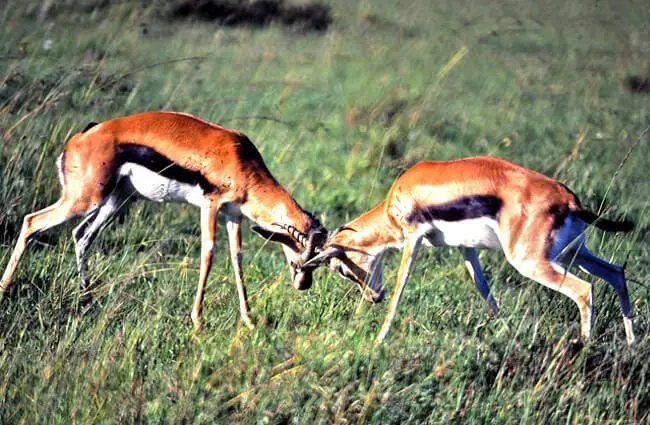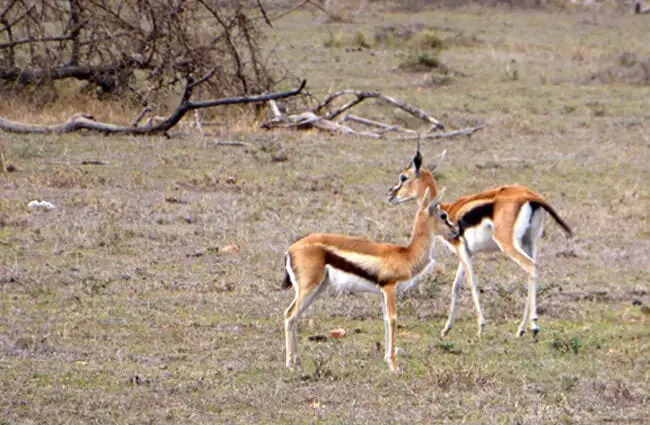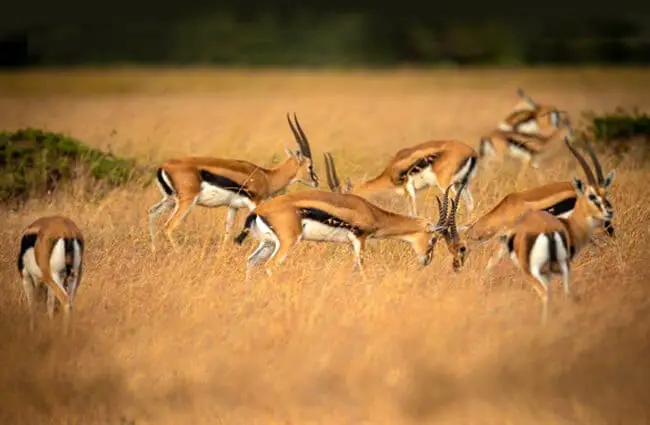An Exploration of Gazelles: Grace, Speed, and Survival
Gazelles, those emblems of the African savanna, are renowned for their elegant leaps and incredible speed. These captivating animals are more than just a pretty sight; they are a vital component of their ecosystem, possessing a rich history and complex behaviors. This article delves into the world of gazelles, exploring their biology, behavior, ecology, and interactions with both their environment and humans.

What Defines a Gazelle?
The term “gazelle” does not refer to a single species, but to a group of species in the genus Gazella and related genera such as Nanger, Eudorcas, and Gazella. These graceful antelopes share several characteristics: slender builds, long legs adapted for running, and often striking horns. Most gazelles have a reddish‑brown coat with a white belly, which helps them blend into grassland and savanna habitats. Their size varies widely; the Dorcas gazelle is small, while Grant’s gazelle is larger.
Gazelle Habitats and Distribution
Gazelles inhabit grasslands, savannas, and deserts across Africa and Asia. Their range extends from the scorching sands of the Sahara to the rolling plains of the Serengeti. Each species has adapted to a specific niche: the Dorcas gazelle thrives in arid environments, surviving with minimal water, while Grant’s gazelle prefers open grasslands where speed helps escape predators. Their presence often signals healthy grasslands, as they help maintain vegetation balance.

Diet and Foraging Behavior
Gazelles are primarily herbivores, feeding on grasses, leaves, shoots, and occasionally fruits. They are selective grazers, favoring young, nutritious plants. This selectivity influences vegetation structure and composition. Most of their water comes from the plants they eat, although they will drink when water is available. They often forage in groups, which increases vigilance against predators. Gazelles have a relatively high metabolic rate, requiring frequent feeding throughout the day.
Social Structure and Behavior
Gazelles exhibit diverse social behaviors. Thomson’s gazelle, for instance, forms large herds, especially during migration. These herds provide safety in numbers and mating opportunities. Grant’s gazelle typically lives in smaller family groups or bachelor herds. During the breeding season, males establish territories, display, and fight to attract females. A characteristic behavior is stotting, where a gazelle leaps high into the air with all four legs extended. Although its exact function is debated, stotting may signal to predators that the gazelle is healthy and hard to catch, or it may alert other gazelles to danger.

Reproduction and Life Cycle
Gazelle reproduction varies by species and environment. Females reach sexual maturity between one and two years. The breeding season usually aligns with the rainy season when food is abundant. Gestation lasts about six to seven months, producing a single calf. Calves are precocial, standing and walking soon after birth. The mother nurses for several months while protecting the calf from predators. Gazelles typically live 8 to 12 years in the wild.
Predators and Defense Mechanisms
Gazelles serve as prey for predators such as lions, cheetahs, leopards, hyenas, and wild dogs. Their primary defense is speed and agility; they can run up to 50 to 60 miles per hour, outrunning most predators. Keen eyesight and hearing help detect danger from afar. Stotting may confuse or deter predators, and living in herds provides additional protection, as many eyes spot threats.

Gazelles and the Ecosystem
Gazelles maintain ecosystem health and balance. Their grazing shapes vegetation structure and promotes plant diversity. Droppings act as fertilizer, enriching soil. As a key food source for predators, they help regulate predator populations. Movements also influence seed dispersal, aiding plant propagation. Declines in gazelle populations can trigger cascading ecological effects.
Gazelles and Humans: A Complex Relationship
Gazelles have long interacted with humans, providing food and hides for clothing. Overhunting and habitat loss have reduced many populations. Today, several gazelle species are vulnerable or endangered. Conservation—habitat preservation, anti‑poaching measures, and community programs—is essential to protect these animals for future generations.

Identifying Gazelle Species
Distinguishing species can be challenging. Key features include:
- Thomson’s Gazelle: Smallest common gazelle, with a distinct black stripe along the flank.
- Grant’s Gazelle: Larger, with lyre‑shaped horns and a reddish‑brown coat.
- Dorcas Gazelle: Small, desert‑adapted, with pale coloration.
- Speke’s Gazelle: Found in East Africa, with long, slender horns.
Careful observation of size, coloration, horn shape, and habitat helps identification.
Encountering Gazelles in the Wild: A Guide
When encountering gazelles, observe respectfully. Keep a safe distance, avoid loud noises, and never approach or feed them. Watching from afar lets you appreciate their natural behavior while respecting their space. Remember, you are a guest in their home.

Gazelles in Captivity: Zookeeper Considerations
Captive care requires a specialized approach. Enclosures should be spacious, allowing ample movement and exercise. Diets must meet nutritional needs: high‑quality hay, fresh grasses, and supplemental vitamins and minerals. Socialization is essential, as gazelles are herd animals. Regular veterinary care monitors health and prevents disease. Enrichment—novel objects and foraging opportunities—stimulates minds and encourages natural behaviors.
Gazelles are captivating creatures, embodying grace, speed, and resilience. Their story intertwines with the health of African and Asian ecosystems, and their future depends on our conservation commitment. Understanding their biology, behavior, and ecological role helps us appreciate these magnificent animals and ensure their survival for generations to come.

![Red Angus Closeup of a beautiful Red Angus cowPhoto by: U.S. Department of Agriculture [pubic domain]https://creativecommons.org/licenses/by/2.0/](https://animals.net/wp-content/uploads/2020/03/Red-Angus-4-238x178.jpg)




![Red Angus Closeup of a beautiful Red Angus cowPhoto by: U.S. Department of Agriculture [pubic domain]https://creativecommons.org/licenses/by/2.0/](https://animals.net/wp-content/uploads/2020/03/Red-Angus-4-100x75.jpg)

